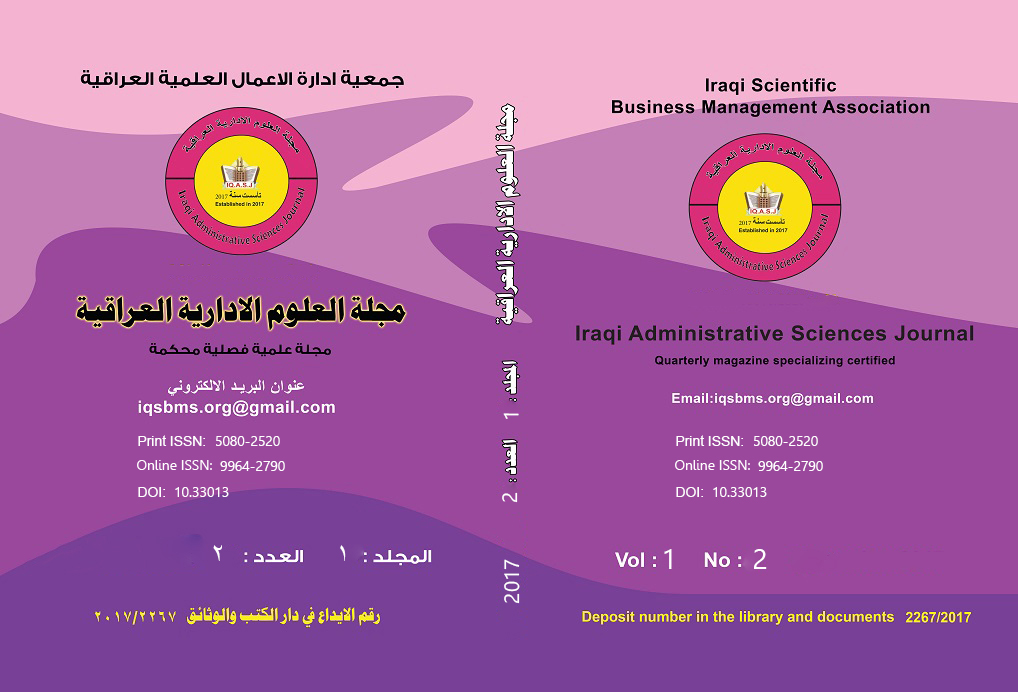انعكاسات السياسة النقدية في اصلاح القطاع المصرفي العراقي
Abstract
The financial and banking reform in the creation of capable financial system to mobilize financial resources (local and even international) and reallocation and efficiency of the service of economic activity in order to achieve high and sustained rates of economic growth, and go out that reform in the modernization and deepening and strengthening of all units of the financial sector, as well as bring about changes large in the nature of the banking industry and restructuring in Iraq for the purpose of mobilizing domestic savings and reduce the phenomenon of migrant capital in addition to the possibility of attracting part of the foreign investment flows. . . And it embodied the reform process in the process of liberalization of the sector, so as to cope with the financial and banking world development which are mainly based on freedom from restrictions and obstacles, and increasing competition between banks, and the use of technology advanced communications and information, as well as the decisions of the Basel Committee in order to work within international standards for banks, raising its capacity international competitiveness in international action. It came the idea of research that theoretically made a presentation to the march of the Iraqi banking system and visions of the financial and banking reform with a statement of justification for reform, and the most important conclusions of the research:
1. The first strike on the Iraqi monetary and fiscal policy when Iraq agreed to the provisions of paragraph (25 (of the memorandum of understanding, paragraph (7) of the action plan and thus the order of the debts owed by Iraq hundreds of billions of dollars from various countries of the world. 2. Inflation led to a continuous rise in the currency of 23 billion dinars in 1991 to about 30 trillion dinars at the beginning of 2015.


